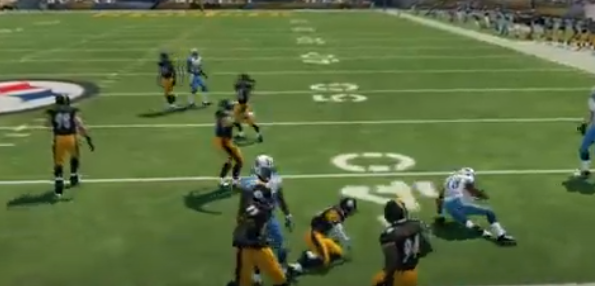If you’re diving into MLB The Show 25 and want to step up your game, tweaking the right settings can make a significant difference. Having played the game extensively, I’ve found that certain adjustments not only improve gameplay feel but also offer a competitive edge against tough opponents. Here are seven key settings you should consider optimizing to get ahead.
-
Pitching Interface: Choose Analog or Classic Based on Comfort
The pitching interface is the heart of your defensive strategy. Many players prefer the Analog system for its precision, but if you’re more comfortable with the Classic or Meter styles, stick with what feels natural. Finding the interface that suits your reaction speed and control style can make your pitching much more effective. -
Hitting Interface: Stick to What Works Best for You
Similar to pitching, the hitting interface can drastically impact your offensive output. Whether you use Pure Analog or Zone Hitting, mastering the timing and mechanics is critical. Adjust your settings so you can track pitches smoothly, which is especially useful when trying to read fastballs or breaking balls. -
Camera Settings: Use Broadcast or Strike Zone for Better Field Awareness
Camera angles influence how you perceive the field. The Broadcast camera gives a classic TV-view feel and helps with timing, while the Strike Zone camera lets you better judge the strike zone for batting. Experiment with both to see which helps your reaction times and positioning. -
Difficulty Level: Push Yourself But Stay Realistic
Playing on higher difficulty levels like All-Star or Hall of Fame gives you tougher competition, which is essential for improving skills. However, if you’re still learning, bumping down to a lower difficulty temporarily can help you focus on fundamentals without being overwhelmed. -
Auto-Fielding: Customize to Your Playstyle
Auto-fielding can save you from making costly errors, but relying on it too much may limit your control. Adjust the auto-fielding setting to a level where it assists but still requires you to be engaged. This balance lets you focus on positioning while preventing unnecessary mistakes. -
Dynamic Difficulty: Use Sparingly
Dynamic Difficulty adjusts the game’s challenge based on your performance. While it can keep games competitive, some players find it unpredictable. Try toggling it off if you want consistent difficulty or keep it on to help maintain a balanced challenge. -
Control Sensitivity: Fine-Tune for Precision
Whether you’re controlling batting, pitching, or fielding, sensitivity settings affect how responsive your inputs are. Fine-tuning this can help reduce over- or under-steering, making your plays smoother and more accurate.
One final tip: managing your in-game economy is crucial, especially if you want to enhance your roster quickly. If you’re looking to buy MLB The Show 25 stubs, be sure to check for reputable sources offering cheap MLB The Show 25 stubs for sale to get the best value. These stubs let you unlock key players and items that can complement the advantages gained from optimizing your settings.
Tweaking these settings isn’t a guaranteed shortcut to victory, but it sets a strong foundation. By understanding how each affects your gameplay and combining that with solid practice, you’ll find yourself competing at a higher level in no time.

